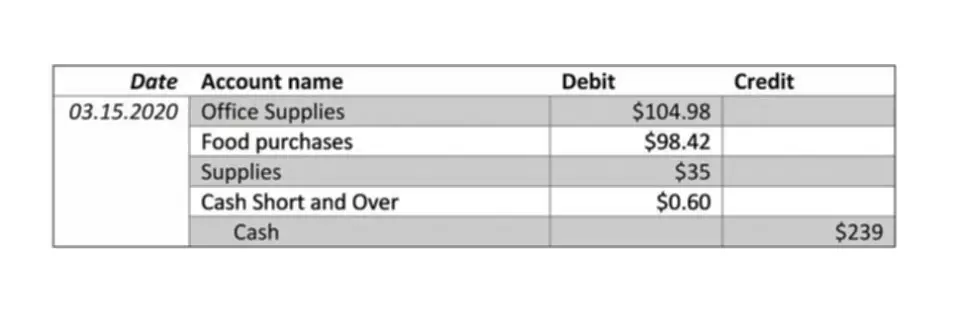How to Calculate Current Ratio: 7 Steps with Pictures
Content

The company reports show they have $500,000 in current assets and $1,000,000 in current liabilities. Another limitation of the quick ratio is that it doesn’t consider other factors that affect a company’s liquidity, such as payment terms and existing credit facilities. As a result, the quick ratio does not provide a complete picture of https://www.bookstime.com/ liquidity. Experts recommend using it in conjunction with other metrics, such as the cash ratio and the current ratio. Stock, whether clothing for a retailer or automobiles for a car dealer, is not included in the quick ratio because it may not be easy or fast to convert your inventory into cash quickly without significant discounts.
In this article, you will learn about the current ratio and how to use it. You will also learn how to add the formula to your spreadsheet to automatically perform current ratio calculations. Additionally, you will learn how tools like Google Sheets and Layer can help you set up a template and automate data flows, calculation updates, https://www.bookstime.com/articles/current-ratio and sharing. When evaluating the current ratio, it is also worth considering the nature of the inventory in the business. Therefore, the current ratio should be looked at in the light of what is common in the industry the business is in. As a result, the average supermarket group may easily have a current ratio of 0.50 or even lower.
Formula: How Do You Calculate Current Ratio?
It is easy to calculate the current ratio, but it takes a bit more nuance to employ it as a method of stock analysis. There isn’t a specific number you are looking for when calculating the current ratio. However, there are some basic inferences you can take from the current ratio once you’ve calculated it. For instance, employing numerous accounting periods that are reported using the same accounting standards is necessary for the internal study of liquidity ratios. Ratios lower than 1 usually indicate liquidity issues, while ratios over 3 can signal poor management of working capital. These are future expenses that have been paid in advance that haven’t yet been used up or expired.
- The quick ratio / acid test ratio is calculated just like the current ratio, but with inventory deducted from current assets.
- You also know how to add the formula to your financial statement spreadsheets to calculate it automatically.
- It is important to note that a similar ratio, the quick ratio, also compares a company’s liquid assets to current liabilities.
- The fact that it is not doing so could be signs of mismanagement or inefficiency.
The range and gauge of ratios will vary by industry due to the way each is funded, the rate at which cash cycles through, and other factors. This is because it could mean that the company maintains an excessive cash balance or has over-invested in receivables and inventories. One limitation of the current ratio emerges when using it to compare different companies with one another.
How Do Client Payments Affect a Business’s Quick Ratio?
All such information is provided solely for convenience purposes only and all users thereof should be guided accordingly. Since the company is becoming increasingly highly leveraged, it’s a risk for the bank to lend Sammy money to expand, and it’s unlikely he would be approved for the loan. If you notice a large pile of cash building up and the debt has not increased at the same rate, this means a few things. Maybe, but you may want to dig deeper to find out what’s going on or think twice before you invest. So, a ratio of 2.65 means that Sample Limited has more than enough cash to meet its immediate obligations.

Another limitation of the current ratio is that it treats all current assets equally, even though not all current assets could be easily converted to cash—or converted at all—in the event of a liquidity crisis. Here is an example of Netflix.Inc, where the company has provided the current assets and current liabilities data in its annual report for the financial year ending on December 31, 2021. Here is an example of Coca-Cola, where the company has provided the current assets and current liabilities data in its annual report for the financial year ending on December 31, 2021.
What is a trial balance?
A high current ratio, on the other hand, may indicate inefficient use of assets, or a company that’s hanging on to excess cash instead of reinvesting it in growing the business. Current assets (also called short-term assets) are cash or any other asset that will be converted to cash within one year. You can find them on the balance sheet, alongside all of your business’s other assets.


